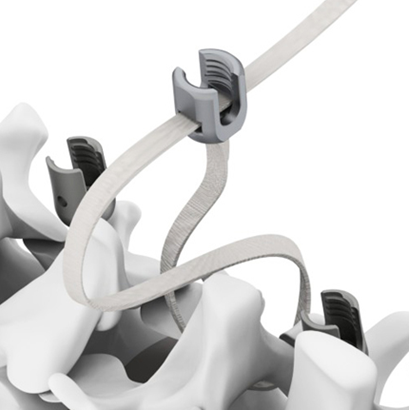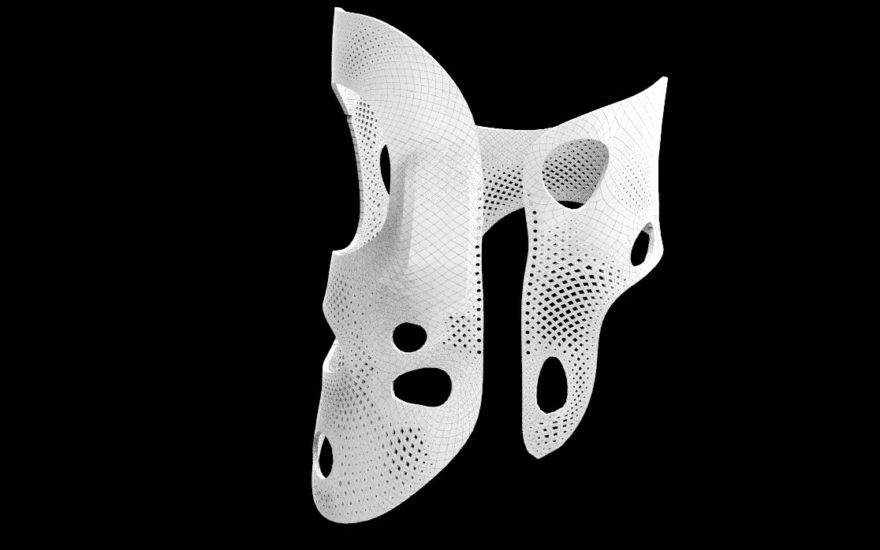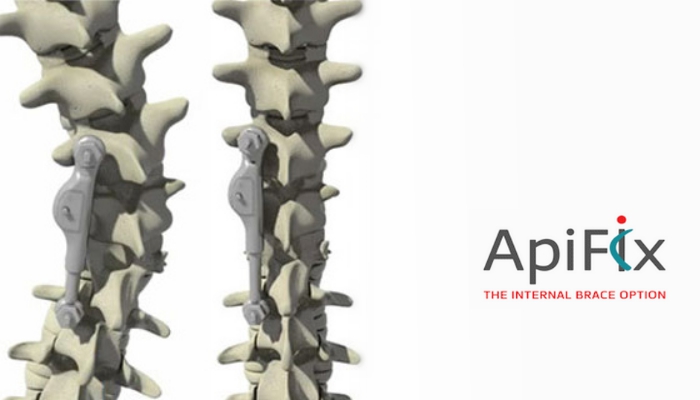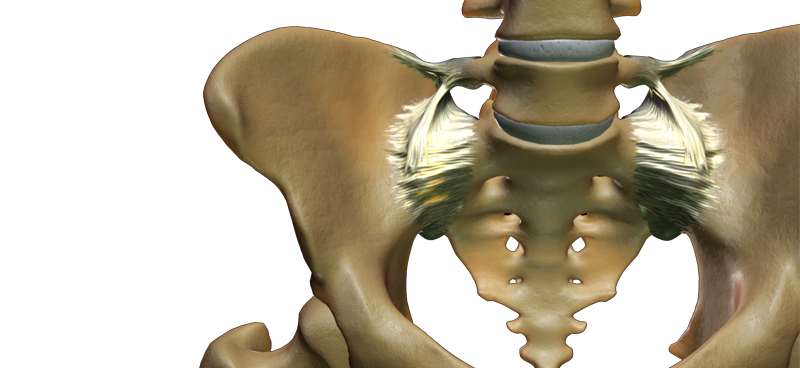CARLSBAD, Calif., Sept. 15, 2016 (GLOBE NEWSWIRE) — Alphatec Holdings, Inc. (Nasdaq:ATEC), the parent company of Alphatec Spine, Inc., a provider of spinal fusion technologies, today announced changes to the Company’s executive leadership team and an update on its compliance with Nasdaq’s listing requirements.
The Company’s Board of Directors has appointed Leslie H. Cross, Chairman of Alphatec’s board, to the role of Chief Executive Officer on an interim basis, effective September 16, 2016. Mr. Cross, who previously served as Alphatec’s CEO between 2012 and 2014, succeeds James Corbett, who resigned his role as President and CEO and as a Director, effective September 12, 2016. Mr. Cross will continue his role as Chairman of the Board. As a result of Mr. Cross serving as both Chairman and CEO, the Company anticipates naming a Lead Independent Director in the near future.
Leslie Cross, Chairman of the Board of Directors, said, “Over the past few years, Alphatec has made significant progress under Jim’s leadership on its strategic journey to reshape the organization, including the successful sale of our international business to Globus Medical. We have strengthened our product development pipeline and as a result our commercial product portfolio has never been stronger. Similarly, we made significant progress on streamlining our cost structure through the outsourcing of manufacturing operations and improvements to our supply chain management processes through our partnership with outside suppliers. With a robust product suite that is attractive to surgeons, an improved balance sheet and a singular focus on the U.S. market, Alphatec is now well-positioned to undertake the next stage of transformation – improving commercial execution and accelerating revenue growth. The leadership changes we are announcing today are designed to fast track this vision to reality. We appreciate Jim’s contributions and wish him the best in his future endeavors.”
Other Executive Appointments
As part of today’s announcement, Michael J. Plunkett, the Company’s current Chief Operating Officer, COO, has been promoted to President and COO. Mike has served as the Company’s COO since January 2014. He originally joined Alphatec Spine in March 2012 as Vice President of Operations. During his time with the Company, Mike has been instrumental to the development of the Company’s strategy to accelerate growth and improve profitability, including the development of the Company’s product portfolio, streamlining supply chain management and partnering with external suppliers to successfully outsource the Company’s manufacturing operations.
The Company also announced today that Craig Hunsaker has accepted a newly created position at Alphatec as its Executive Vice President of People and Culture. In this role, Craig will be responsible for all aspects of employee recruitment, development, engagement and corporate culture. Craig’s professional career includes 16 years practicing law at some of the world’s largest technology focused law firms, advising and defending companies and management with respect to their people decisions, while holding various leadership positions. Craig left full-time legal practice in 2009, when he joined NuVasive, Inc., a publicly traded spinal implant company, first to serve as Vice President, Legal Affairs, then from late-2009 through March 2014 as Senior Vice President, Global Human Resources. Since April 2014, Craig has engaged in consulting in the areas of Employment Law and Human Resources, including most recently (since April 2016) as Senior Advisor, Human Resources at San Diego-based General Atomics. He received a B.S. in International Business & Finance from Brigham Young University and a J.D. from Columbia University School of Law.
In addition, the Company announced today that Jeff Rydin has agreed to serve in the role of Special Advisor to the Board, Commercial, and will advise the Board with respect to sales, marketing and revenue acceleration. Jeff most recently served as Chief Sales Officer with Ellipse Technologies, Inc., before its purchase by NuVasive in February 2016. He was previously at NuVasive, for over seven years, where he held various senior sales roles, including serving as President of Global Sales from October 2011 through March 2013. Prior to joining NuVasive, from January 2004 to December 2005 Jeff was Area Vice President of Orthobiologics for DePuy Spine, where he was responsible for the DePuy sales team in the Southeastern U.S. He also served in various executive and leadership sales roles at Orquest, Inc. (acquired by Johnson & Johnson), Symphonic Devices, Inc., General Surgical Innovations, Inc. (acquired by Tyco International Ltd), Baxter Healthcare, US Surgical and Xerox. Jeff received a Bachelor of Arts in Social Ecology from the University of California, Irvine.
Mr. Cross added, “This leadership transition is the next step in connecting surgeons and patients in the U.S. with Alphatec’s new and robust products. As part of this transition, the Board, the executive team and I will be focused on the next phase of the Company’s transformation – accelerating U.S. revenue growth and superior performance for Alphatec. I am pleased to expand the breadth and experience of the executive team with the expansion of Mike Plunkett’s role and the addition of Craig Hunsaker. In addition, we are fortunate to engage the counsel of Jeff as we transform our U.S. commercial execution and drive future revenue growth. I look forward to all of their contributions and have tremendous confidence in this leadership team and the dedicated employees we have at Alphatec.”
Nasdaq Listing Compliance
Today the Company also announced that it has received formal notification from the Listing Qualifications Department of The NASDAQ Stock Market (“NASDAQ”) notifying Alphatec that it has regained compliance with Listing Rule 5450(a)(1), the minimum bid price requirement for continued listing on The NASDAQ Stock Market, and that the matter is now closed. Alphatec’s common stock will continue to be listed on The NASDAQ Global Select Market.
About Alphatec Spine
Alphatec Spine, Inc., a wholly owned subsidiary of Alphatec Holdings, Inc., is a global medical device company that designs, develops, manufactures and markets spinal fusion technology products and solutions for the treatment of spinal disorders associated with disease and degeneration, congenital deformities and trauma. The Company’s mission is to improve lives by delivering advancements in spinal fusion technologies. The Company and its affiliates market products in the U.S. and internationally via a direct sales force and independent distributors.
Additional information can be found at www.alphatecspine.com.
Forward Looking Statements
This press release may contain “forward-looking statements” within the meaning of the Private Securities Litigation Reform Act of 1995 that involve risks and uncertainty. Such statements are based on management’s current expectations and are subject to a number of risks and uncertainties that could cause actual results to differ materially from those described in the forward-looking statements. Alphatec Spine cautions investors that there can be no assurance that actual results or business conditions will not differ materially from those projected or suggested in such forward-looking statements as a result of various factors. Forward-looking statements include references to the Company’s: product development pipeline and product portfolio; ability to streamline its cost structure; ability to improve its balance sheet; and ability to accelerate its revenue growth or grow its revenues at all. Please refer to the risks detailed from time to time in Alphatec Spine’s SEC reports, including its Annual Report Form 10-K for the year ended December 31, 2015, filed on March 15, 2016 with the Securities and Exchange Commission, as well as other filings on Form 10-Q and periodic filings on Form 8-K. Alphatec Spine disclaims any intention or obligation to update or revise any forward-looking statements, whether as a result of new information, future events, or otherwise, unless required by law.
Investor/Media Contact:
Christine Zedelmayer
Investor Relations
Alphatec Spine, Inc.
(760) 494-6610
czedelmayer@alphatecspine.com








